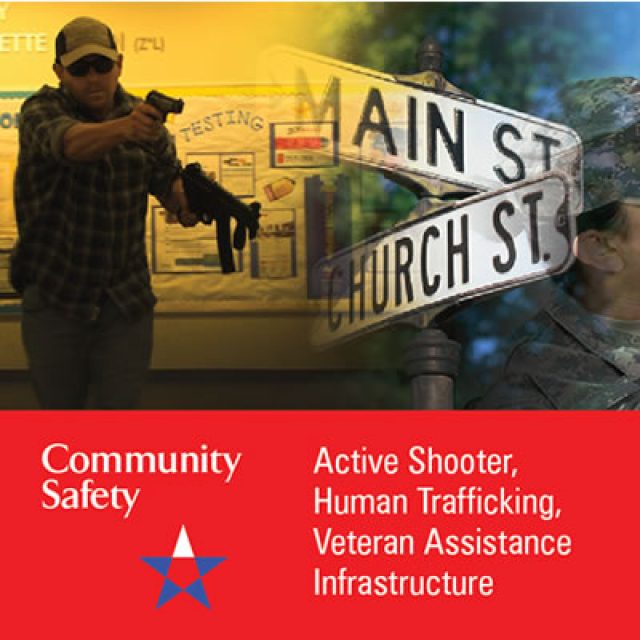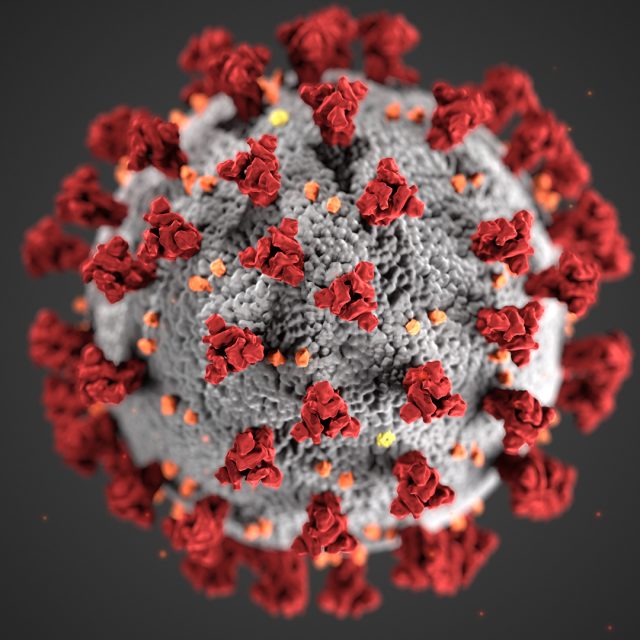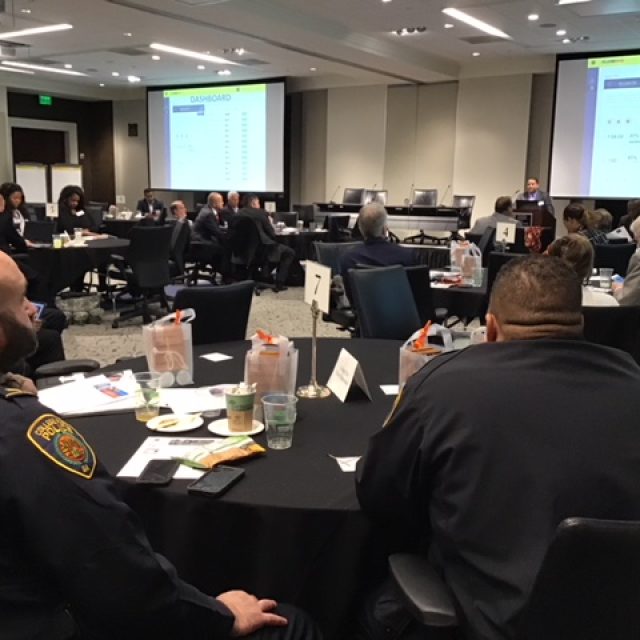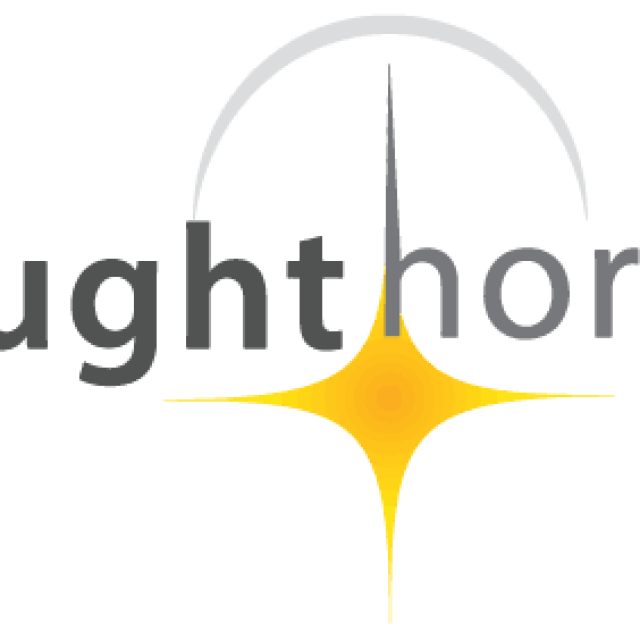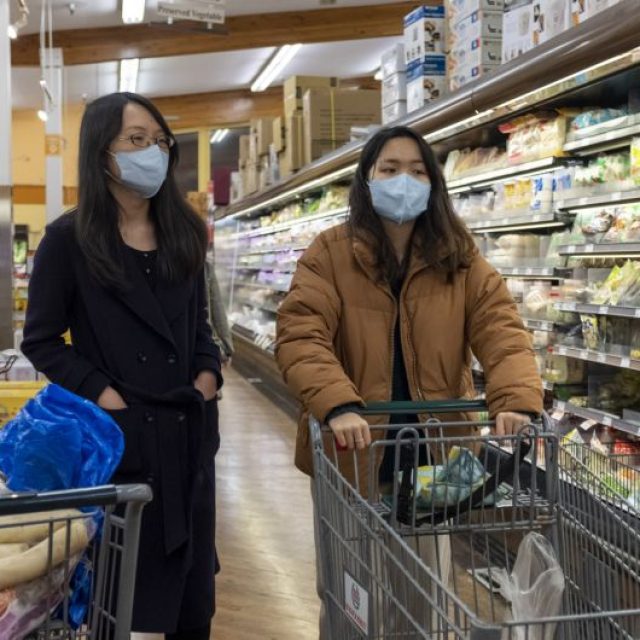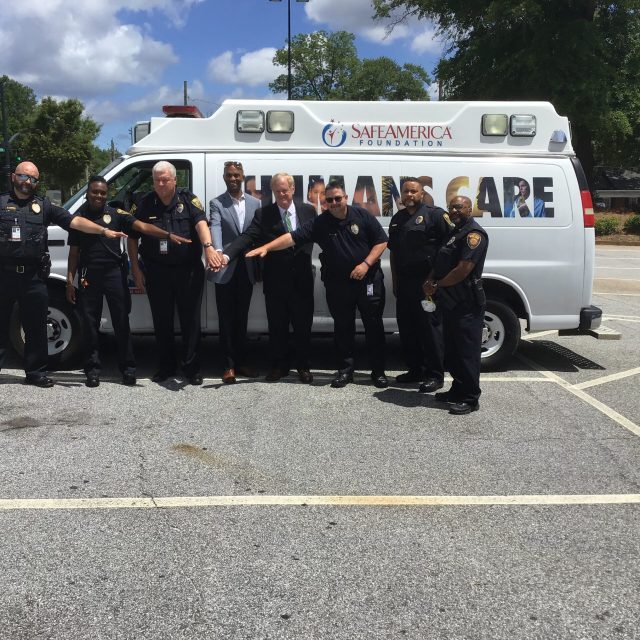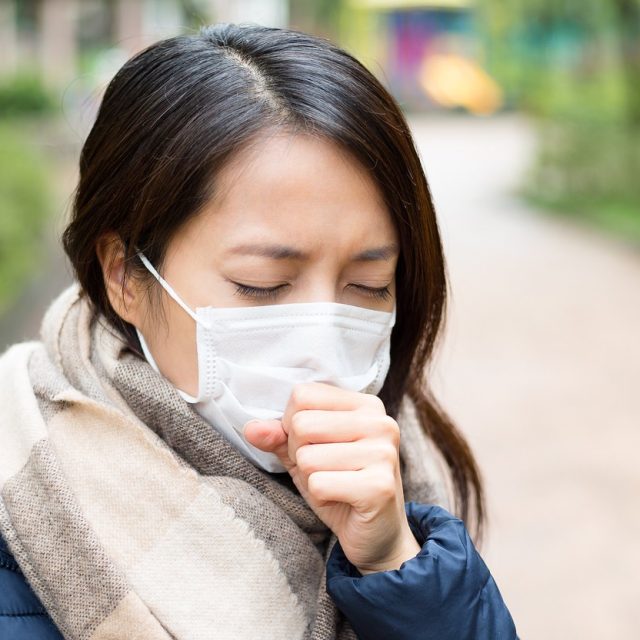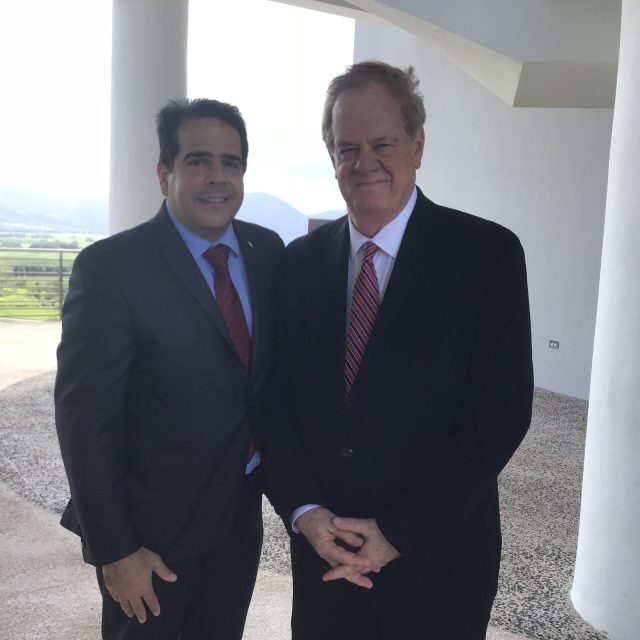Written By Stephen M. George Jr. MPA
Overview
Human trafficking is modern day slavery that touches every corner of the globe. This multi-billion criminal enterprise is the fastest growing crime in the world. Human trafficking involves both commercial sexual exploitation and labor servitude. The average age of entry for victims is 12-14 years old.
Definition
The term “human trafficking” is used in common parlance to describe many forms of exploitation of human beings. Human trafficking crimes focus on the act of compelling or coercing a person’s labor, services, or commercial sex acts; or using children under the age of 18 for commercial sex acts. The coercion can be subtle or overt, physical or psychological, but it must be used to coerce a victim into performing labor, services, or commercial sex acts. The laws against trafficking are rooted in the prohibition against slavery and involuntary servitude guaranteed by the Thirteenth Amendment to the United States Constitution.
The victims include some of the most vulnerable in society: abused children who’ve run away from home, women with few job skills, immigrants who fear deportation or retaliation against their families overseas if they speak up. For them, there is little hope of escape.

Sexual Servitude
Sex trafficking is the use of force, coercion or deception to recruit, entice, harbor, transport, provide, obtain, or maintain, another person for the purpose of commercial sexual activities.
If the victim is a minor under age 18, force, coercion and deception not required in cases of sex trafficking. Human trafficking, in the case of a minor is recruiting, enticing, harboring, transporting, providing, obtaining, or maintaining, another person for the purpose of commercial sexual activities.
Labor Servitude
Labor trafficking is the use of force, fraud or coercion to recruit, harbor, transport, obtain or employ a person for labor or services in involuntary servitude, peonage, debt bondage or slavery. Force, fraud or coercion must be present in case of labor trafficking involving a minor.
Scope of the Problem
Statistics
International Human Trafficking Statistics:
- 10-30 million modern day slaves exist in the world today. The majority of the reports consulted for the purposes of this fact sheet estimate that the number is around 27 million people4 with several respected analysts estimating the number to be much higher.
- After drug trafficking, human trafficking is tied with the illegal arms industry as the second largest criminal industry in the world today – and is considered the fastest growing – generating $32 billion a year.
- $15.5 billion is generated in industrialized countries alone.
- The estimated financial cost of forced labor (compared to free employment) is $21 billion a year.
- 3 million adults and children are in forced labor world wide.
- The International Labour Organization estimates that for every 1 victim of sex trafficking there are 9 victims of labor trafficking worldwide. However, sexual exploitation (79%) is by far the most commonly identified form of trafficking in persons, followed by forced labor (18%).
- In 2011, 42,291 victims of human trafficking were identified worldwide. Of that number only 7,909 cases were prosecuted and resulted in only 3,969 convictions.
- In 2011 there were 15,205 labor trafficking victims identified resulting in only 278 convictions.
- In 2006 there were only 5,808 prosecutions and 3,160 convictions throughout the world, which means for every 800 people trafficked, only one person was convicted.
- 600,000 – 800,000 people are trafficked across international borders each year.
- 80% of transnational victims are women and girls.
- 50% of transnational victims are minors.An estimated 2 million children are exploited by the global commercial sex trade, with 100,000 minors in the commercial sex trade in the U.S. alone.
- The International Labour Organization (ILO) estimates that 20% of all trafficking victims are minors.
- 161 countries are affected by human trafficking.
- The majority of suspects involved in human trafficking are nationals of the country where the trafficking process is occurring.
- The majority (56%) of trafficking victims are subjected to forced labor in their place of origin or residence, with only 44% who are considered transnational trafficking victims. The International Labour Organization found that cross-border movement is closely linked to forced sexual exploitation.
- Only 54% of the recruiters are strangers, 46% are known to the victims.
US-based Human Trafficking Statistics
- According to the Trafficking in Persons Report by the US State Department between 14,500 and 17,500 people are trafficked into the US annually (this is not the total number of trafficking victims in the US as it excludes US nationals who are victims of human trafficking within US borders).
- A Department of Justice report extrapolating from a San Diego county survey estimated the potential • number of unauthorized immigrant labor trafficking victims in the U.S. at 2.47 million.
- In 2010, 449 certifications were given to adult victims of human trafficking and 92 issued to child victims.
- 82% adult victims and 56% child victims of trafficking in the US were labor trafficking victims.25 • 53% of adult victims and 66% of child victims of trafficking were women.
- Victims came from 47 different countries. The top 5 host countries include: Thailand, Mexico, Philippines, Haiti and India, in that order.
- While the ILO estimates that the ratio between sex:labor trafficking is 1:9, In 2011, 83% of reported incidents in the US were sex trafficking and only 12% of reported incidents were labor trafficking, leaving 5% categorized as “other.”
- Between FY 2000 and FY 2009 only 1,591 T visas were granted by the Department of Homeland Security. Approximately 1/5 of the annual cap for T-visas, which is 5,000.
- Types of labor trafficking in the US include: domestic servitude (nannies, housekeepers), small businesses (landscaping, nail salons, restaurants, industrial cleaning, construction, hospitality), Sale Crews (magazine, flower and candy sale crews) and large scale labor cases (agricultural, factory settings).
- Types of sex trafficking in the US include: Bar/Club operations (cantina bars, Stripping or exotic dancing clubs, salons, massage parlors, hostess clubs and karaoke clubs, domestic strip clubs and gentleman clubs); Residential brothel settings (homes, apartments, hotels, mobile trailers); Escort services (bar/hotel based, internet-based, private, boat cruises, chat lines); Pimp-controlled prostitution (hotel-based, internet-based, private parties, street-based, truck stops).
Human trafficking and minors statistics
- There are an estimated 100,000 – 300,000 prostituted children in the U.S.
- 244,000 American children and youth are estimated to be at risk of child sexual exploitation, including commercial sexual exploitation. Runaways and unaccompanied minors make up the majority of at-risk youth for both sexual and labor exploitation.
- 4% of suspected or confirmed child victims of domestic sex trafficking were repeat runaways.
- 7% of suspected or confirmed child victims of domestic sex trafficking ran from a group home, foster care, DCFS care or a shelter.
- 40-70% of all street youth engage, at least occasionally, in prostitution to meet their basic needs.
- The population of street youth engaging in prostitution is almost equally divided between boys and girls.
Georgia-based Human Trafficking Statistics
- In 2012, the National Human Trafficking Resource Center received 446 calls from GA, 103 of which were classifiied as high-risk.
- 5,000 girls are at-risk of being sex trafficked in Georgia.
- According to a former FBI agent Atlanta has an internal trafficking problem, where minors, many recruited from the city, are transferred to another county or state.
- Approximately 374 girls are commercially sexually exploited monthly in Georgia. Average age of entry into the commercial sex market for girls is 12 and 14 years.
- Each month, 12,400 men in Georgia pay for sex with a young woman and 7,200 of them end up exploiting an adolescent female.37 Georgia Human Trafficking Fact Sheet Compiled by the Center for Public Policy Studies For more information visit www.centerforpublicpolicy.org
- Craigslist is the most efficient medium for the marketing of sex; ads on this site had 3 times as many hits as similar ads on other websites.
- Around 65% of men who buy sex with young females do so in and around suburban and metro Atlanta with 9% near the airport.
- Atlanta has the highest number of trafficked Hispanic females in the nation.
- On average, 100 juvenile girls are exploited each night in Georgia.
Human Trafficking Red Flags
- Youth has a runaway history or is homeless.
- Youth is involved with juvenile court (criminal trespassing, shoplifting, false name, substance abuse, etc).
- Youth has a substance abuse issues.
- Youth has school problems (truancy, suspension).
- Youth has unexplained money.
- Youth has hair and nails done and cannot explain how he/she had the resources to get those things done.
- Youth has an open DFCS case.
- Youth is with a significantly older boyfriend/companion or other non-family member.
- Unexplained physical trauma: bruises, black eye, cuts or other marks.
- Unexplained emotional trauma: fear, anxiety, depression, tension, nervousness.
- Youth is traveling with older person that is a non-family member and/or not a guardian.
- Youth has special marked tattoos or branding on his/her body.
- Youth has possession of prepaid credit cards, hotel keys/receipts.
- Youth has no identification or is not in control of the identification documents.
- Youth provides conflicting personal information to law enforcement.
- Youth is dressed inappropriately, i.e., not weather appropriate, revealing, etc.
- Youth avoids eye contact.
Tertiary Problems
Trafficking of the elderly (with assets)
The human trafficking of the elderly (with assets) has become a national epidemic and disgrace. Probate courts routinely work with predatory professional guardians, payrolling attorneys, owners of notoriously abusive care facilities and social agencies to target and then obtain guardianship/conservatorship of the elderly whose only crime was to age with assets. These predatory professional guardians, strangers to the victim and their families, make their living robbing the estates of their victims.
Again, once this “guardianship” has been sanctioned by the cooperating probate judge, the victim loses all rights of any kind whatsoever and is for all intents and purposes “dead in the law”. The guardian/conservator now legally owns the victim and can avail themselves of all of the victim’s assets of any kind. These predators can and do instruct doctors to begin the administering of psychotropic medications not approved for use on the elderly, and many of the doctors who are also tapping the estate for inflated billing charges, comply with these requests.
Once legally kidnapped with the help of the cooperating probate judge and the local police department who conduct the kidnapping as a swat team raid, the victim is quickly housed in a participating facility and started on a drug regime that is seldom called for.
The drugs are especially useful when administered just prior to what is laughingly called a “competency hearing”.
The profits from human trafficking of the aging (with assets) was documented in the 2007 GAO report with estimates well over a billion in stolen assets obtained by professional predatory guardians/conservators and some family members across 48 states, although the GAO focused on only 20 cases:
“The GAO focused on cases in which a family member, agency, or private business was appointed as a guardian. In 20 cases, guardians appointed and approved by courts stole $5.4 million in assets from 158 incapacitated adults. ”
The recent Committee on Aging hearing very carefully orchestrated and scripted the public hearing to make it appear that the abuse is almost always at the hands of family and friends. In truth, the largest percentage of cases of exploitation are committed by professional strangers who have a well-established system in place with the same predators routinely involved in these deadly guardianships as is exemplified when examining the cases in a specific geographical area. The same judges, the same predatory professional guardians, the same payrolling attorneys and the same doctors and participating facilities, all involved in one predatory case after another. The staged committee hearing barely touched on this aspect of exploitation of the elderly, if at all.
Guiding Principles for Technological Interventions in Human Trafficking
The ultimate beneficiaries of any technological intervention should be the victims and survivors of human trafficking. Throughout the technological design and implementation process, decisions should be guided by a single question: How will technology maximize the benefit and minimize the harm to victims and survivors of trafficking?
Developers and users of anti-trafficking tools should examine the inherent risks that arise when technology is applied to complex social problems. While benefits may appear clear at first, experts should be consulted to evaluate whether tools have the potential to cause inadvertent harm.
Successful implementation of anti-trafficking technologies requires cooperation among actors across government, nongovernmental, and private sectors, sharing information and communicating in a coordinated manner. Technological interventions in anti-trafficking efforts necessitate collaboration across sectors. Addressing trafficking online requires coordination of efforts to avoid inefficiencies, for example, when a proposed technology is already in use by parallel organizations or when existing technologies can readily be adapted to fit anti-trafficking needs. The private sector, academics, and the technology community can serve as valuable resources for creative innovations that can be tailored to anti-trafficking, including technologies to facilitate information sharing.
Private-sector technology firms should recognize that their services and networks are being exploited by traffickers and take steps to innovate and develop anti-trafficking initiatives through their technologies and policies. Social networking sites, online classified sites, and technology firms provide Internet services that criminals are using to facilitate domestic and international trafficking in persons. These companies should consider their social responsibility and assume an active role in combating trafficking on their sites. Whether through practices such as establishing industry-wide codes of conduct or innovating technological solutions, the private sector can exercise considerable influence in anti-trafficking efforts.
Continuous involvement is necessary to ensure that tools are user-centric and refined over time to most effectively respond to shifts in technology and trafficking. User-centered design principles should aim to improve functionality and usability by focusing on the particular needs of users of anti-trafficking technologies. Law enforcement, NGOs, service providers, and the public each have particular needs based on technological literacy, class, and language, among other factors.
Furthermore, technological interventions must be supported by individuals committed to sustaining the technology over time. Both governmental and nongovernmental actors can play a key role in providing expertise and support for anti-trafficking innovations.
Technological interventions should account for the range of human rights potentially impacted by the use of advanced technologies. Technologies used in anti-trafficking efforts should be carefully tailored to avoid recklessly encroaching upon fundamental rights such as privacy, security, and freedom of expression. Developers and users of the technology must reflect on the full range of rights implicated by any information-collecting activity, taking particular care to reduce the number of false positives associated with tracking and monitoring
Best Practices & Next Steps
Governmental Action
The Law in Georgia
In 2011, the Office of the Attorney General joined forces with Senator Renee Unterman and Representative Edward Lindsey to advocate for a stronger human trafficking law in Georgia. HB 200 went into effect on July 1, 2011. HB 200:
- Substantially increases the punishment for human trafficking from a possible one year sentence to a minimum of ten years. If the trafficking causes a minor to commit sex acts by coercion or deception, human traffickers now face 25 years to life in prison, up from maximum sentence of 20 years. Offenders can also be fined up to $100,000.00.
- Takes the important step of no longer allowing the age of consent (16) or the lack of knowledge of the age of the victim to be used as a defense.
- Broadens the definition of coercion to recognize and encompass additional ways that victims are coerced into exploitation.
- Authorizes asset forfeiture for property derived from or used in trafficking
- Provides training for law enforcement.
- Increases punishments for pimping, pandering and keeping a house of prostitution, when the victim is under 16 years of age from five to twenty years to ten to thirty years.
- Makes victims of human trafficking eligible for victim compensation for the serious mental and emotional trauma they experience.
New Legislation Protecting Older Georgians
The 2018 Georgia General Assembly passed three bills that will each have a significantly positive impact on older adults:
- HB 803 prohibits trafficking a disabled adult, elder person, or resident for the purpose of appropriating the benefits (EBT, Social Security, pension, etc) of that person for use by the person committing the fraud.
- HB 635provides for the creation of adult abuse, neglect, and exploitation Multidisciplinary Teams (MDT) to coordinate the investigation of and responses to suspected instances of abut, neglect, or exploitation of disabled adults or elder persons.
- SB 406“Georgia Long-term Care Background Check Program” promotes public safety and provide for comprehensive criminal background checks for owners, applicant for employment, and employees providing care or owning a personal care home, assisted living community, private home care provide, home health agency, hospice care, nursing home, skilled nursing facility, or an adult day center.
The Emerging Role of Non-profits
Humans Care
On Friday, June 8th, 2018, Safe America Foundation held an event at the Georgia State Capitol to announce a new collaborative venture with American Medical Response (AMR), youthSpark, WellStar Atlanta Medical Center, Fulton-DeKalb Hospital Authority and Georgia Global Health Initiative. The initiative will seek to help victims of human trafficking along with those dealing with opioid addiction and veterans suffering from PTSD. AMR announced the donation of an ambulance to Safe America Foundation (SAF), which will be used to support these efforts. During the event, the ambulance was parked outside on Washington Street for use in photos.
About Safe America Foundation
The Safe America Foundation is a 501(c)(3) non-profit chartered in 1994, with headquarters in suburban Atlanta. The foundation partners with corporate, government, public and private sector organizations, and other nonprofits to save lives by emphasizing safety education and emergency preparedness. Our mission is to be the voice of safety, helping to keep people safe. Other key goals include helping returning veterans transition safely to civilian life, teaching safe driving techniques and hosting school assemblies on dangerous driving decisions, reducing cybercrimes, combating human trafficking, and championing programs to address safety needs such as Brain Camp, The WorldSafe Gala, BE Safe America and more. For more information, visit www.safeamerica.org.
Report an Incident
Human trafficking is a situation in which an individual is compelled to work or engage in commercial sex through the use of force, fraud or coercion. If the individual is under the age of 18 and engaging in commercial sex they are experiencing regardless if force, fraud, or coercion is also taking place.
If you believe you may have information about a trafficking situation:
Call the National Human Trafficking Hotline toll-free hotline at 1-888-373-7888: Anti-Trafficking Hotline Advocates are available 24/7 to take reports of potential human trafficking.
Text the National Human Trafficking Hotline at 233733.
Chat the National Human Trafficking Hotline via www.humantraffickinghotline.org/chat
Submit a tip online through the anonymous online reporting form below.
The information you provide will be reviewed by the National Hotline. All reports are confidential and you may remain anonymous. Interpreters are available via phone call only.
Report missing children or child pornography to the National Center for Missing and Exploited Children (NCMEC) at 1-800-THE-LOST (843-5678) or through their Cybertipline by going to https://report.cybertip.org/index.htm;jsessionid=6C2033EE3967358D52C7660B0BD3AFBD.iwt1
Conclusion
The most common form of human trafficking (79%) is sexual exploitation. The victims of sexual exploitation are predominantly women and girls. Surprisingly, in 30% of the countries which provided information on the gender of traffickers, women make up the largest proportion of traffickers. In some parts of the world, women trafficking women is the norm.
The second most common form of human trafficking is forced labour (18%), although this may be a misrepresentation because forced labour is less frequently detected and reported than trafficking for sexual exploitation.
Worldwide, almost 20% of all trafficking victims are children. However, in some parts of Africa and the Mekong region, children are the majority (up to 100% in parts of West Africa).
Although trafficking seems to imply people moving across continents, most exploitation takes place close to home. Data show intra-regional and domestic trafficking are the major forms of trafficking in persons.
The United Nations Protocol against Trafficking in Persons – the foremost international agreement in this area – entered into force in 2003. The Report shows that in the past few years the number of Member States seriously implementing the Protocol has more than doubled (from 54 to 125 out of the 155 States covered). However, there are still many countries that lack the necessary legal instruments or political will.
If you suspect human trafficking, call the National Human Trafficking Hotline: 1-888-373-7888.
For more information on human trafficking, contact Katie McCreary at kmccreary@law.ga.gov.


